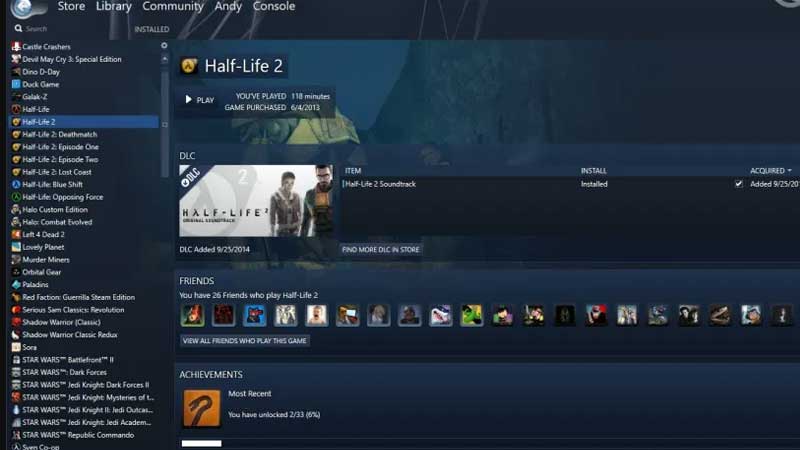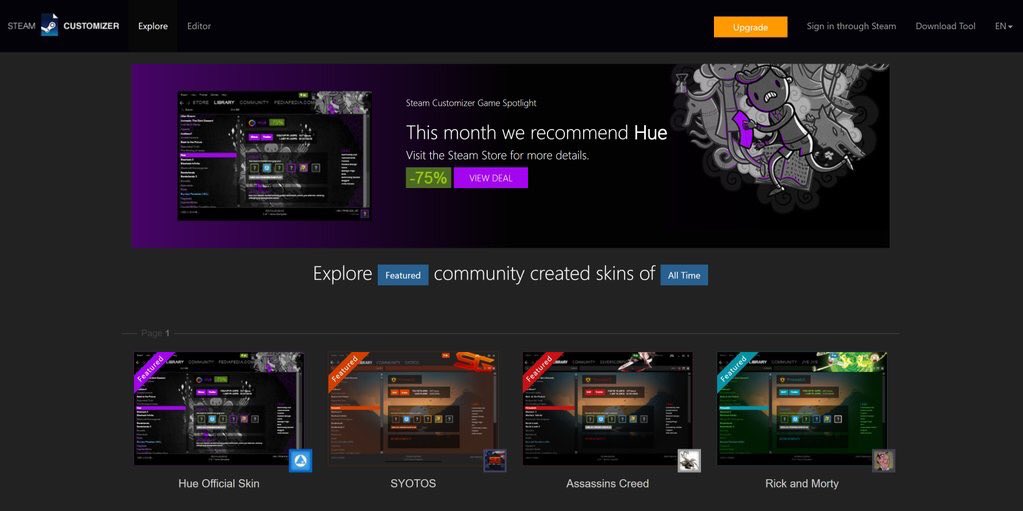
Blizzard, EA, Epic, and Ubisoft all now operate their own launchers, and Valve has seen its influence begin to wane.Īdditionally, as Valve as found itself mired in controversies over its increasingly lax stance on letting violent, hateful, and other questionable content onto its platform, a number of smaller, more curated game distributors like Itchio have become popular alternatives, especially for big-name indie game makers. In 2017, Valve took in $4.3 billion in Steam revenue alone, not even counting microtransaction and downloadable content, according to game analyst Steam Spy.īut over the years, big game developers and publishers have created their own distribution channels to more directly control aspects of their businesses like copyright restrictions, refunds, and game updates, as well as to avoid the revenue cut Steam would otherwise take.
#Steam skins maker Pc
Steam became the dominant platform for PC games over the last decade primarily by loosening restrictions on getting onto its platform and becoming, early on, the primary destination for PC gamers to collect and launch titles, which is all done from a single piece of software. Valve is facing increasing competition from big publishers and competing game stores

This updated agreement marks the most substantial change to Steam’s financial terms in the store’s 15-year history, and it seems clearly designed to entice more developers to stick around, instead of self-releasing games or going with the growing number of competing online game distributors.
#Steam skins maker update
“It’s always been apparent that successful games and their large audiences have a material impact on those network effects so making sure Steam recognizes and continues to be an attractive platform for those games is an important goal for all participants in the network.” Valve is also letting developers be more transparent about game sales with an update to the confidentiality clause of its agreement. Finding the right balance to reflect those contributions is a tricky but important factor in a well-functioning network,” the company wrote in a statement on the Steam Community page. “The value of a large network like Steam has many benefits that are contributed to and shared by all the participants. And for every sale after the initial $50 million, Steam will take just a 20 percent cut. For all sales between $10 million and $50 million, the split goes to 25 percent. That will remain the case for the first $10 million in sales a game maker or publisher earns.

Normally, Valve takes around 30 percent of all game sales on Steam, with some exceptions for games from smaller developers in its Steam Direct program. Steam parent company Valve announced a new revenue split for its online video game marketplace late Friday evening, with the change in its distribution agreement giving developers more money as the number of unit sales increases.


 0 kommentar(er)
0 kommentar(er)
